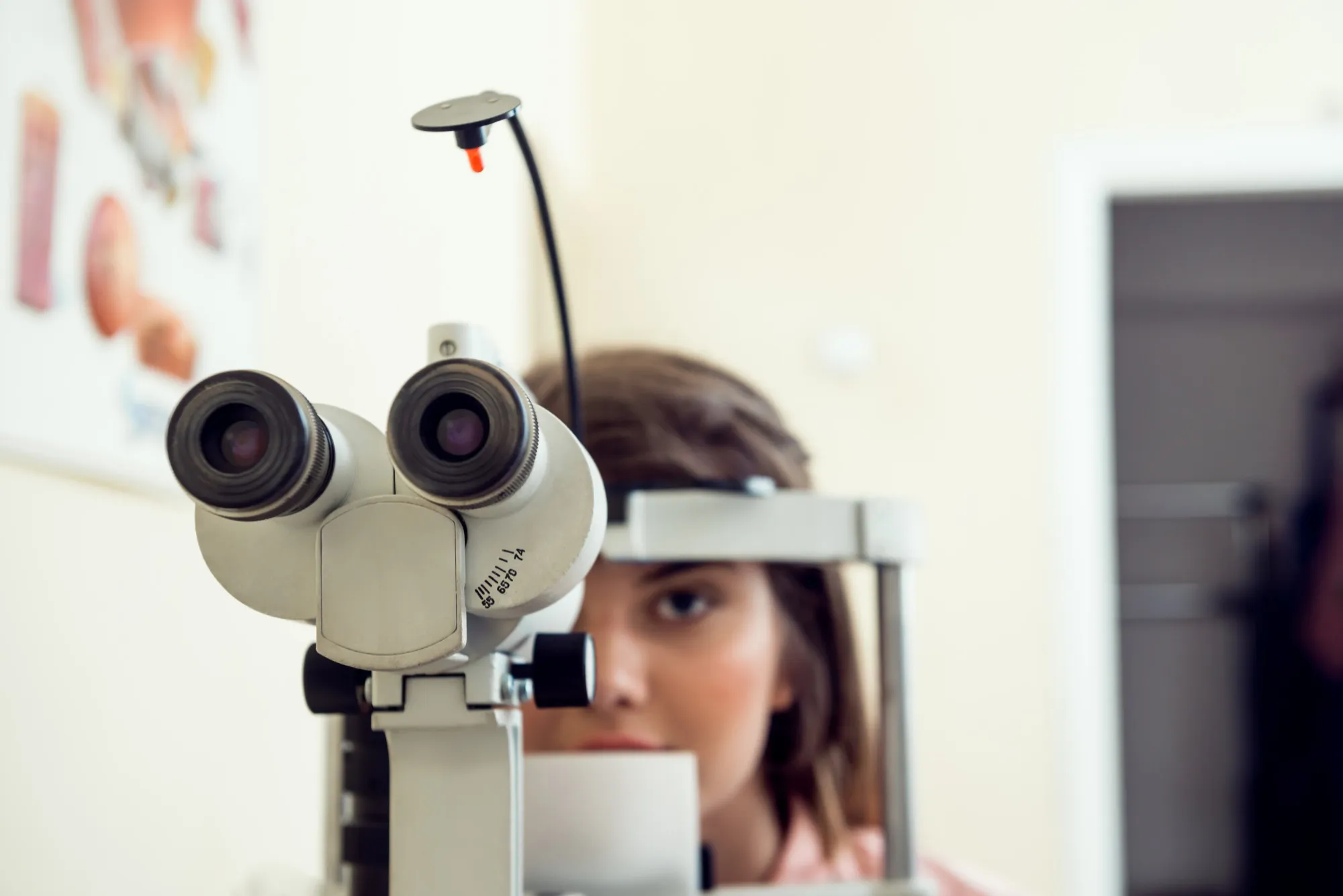A significant leap in ophthalmology has been made with the identification of a particular type of progenitor cell in the human trabecular meshwork (TM), potentially unlocking new avenues for the treatment of glaucoma, a disease that affects nearly 70 million people globally.
In a notable study conducted by researchers from the Department of Stem Cells and Applied Medicine and the Department of Ophthalmology at Osaka University Graduate School of Medicine in Japan, published in Biochemical and Biophysical Research Communications, the team pinpointed the presence and characteristics of p75 neurotrophin receptor-expressing progenitor cells in the human TM, suggesting promising implications for cell-based therapeutic approaches for glaucoma.
DOI: 10.1016/j.bbrc.2019.04.178
The groundbreaking discovery revolves around the TM’s crucial role in maintaining intraocular pressure (IOP) by facilitating the drainage of aqueous humor from the eye. Disruption to this delicate balance, often accompanied by TM damage, leads to glaucoma, characterized by increased IOP and the potential for optic nerve damage and vision loss.
Hara Susumu and colleagues set out to isolate and define trabecular meshwork progenitor cells (TMPs) from human TM tissues with a focus on the p75 neurotrophin receptor, a marker typically associated with neural crest stem cells. Through their research, approximately 32% of cells expressing p75 were observed in the TM.
These TMPs were capable of proliferation in serum-free culture conditions and exhibited specific traits associated with stem and progenitor cells, such as forming colonies albeit at a relatively low efficiency of 1.11±0.18%. Interestingly, TMPs expressed a range of neural crest and periocular mesenchymal markers, including p75, SOX9, SOX10, TFAP2B, nestin, FOXC1, FOXC2, PITX2, and CD166 but did not express differentiation markers typical of TM cells.
Upon inducing differentiation, these TMPs transformed into mature TM cells that expressed vital TM markers such as aquaporin 1, matrix Gla protein, prostaglandin D2 synthase, and AnkG, underscoring their potential to not just proliferate but to also functionally replace damaged TM cells. Moreover, these cells were responsive to dexamethasone, a corticosteroid commonly known to affect IOP, which significantly amped up the expression of myocilin – a gene closely linked to glaucoma susceptibility.
Adding to their versatility, TMPs were shown to differentiate into other cell lineages, including adipocytes, osteocytes, and chondrocytes, proving their multipotent nature.
References
1. Hara, S., Tsujikawa, M., & Nishida, K. (2019). Identification and application of p75 neurotrophin receptor-expressing human trabecular meshwork progenitor cells. Biochemical and Biophysical Research Communications, 514(3), 580-585.
2. Weinreb, R. N., & Khaw, P. T. (2004). Primary open-angle glaucoma. The Lancet, 363(9422), 1711–1720.
3. Lutjen-Drecoll, E. (2005). Morphological changes in glaucoma. Free Radical Biology and Medicine, 38(10), 1263–1271.
4. Quigley, H. A., & Broman, A. T. (2006). The number of people with glaucoma worldwide in 2010 and 2020. British Journal of Ophthalmology, 90(3), 262–267.
5. Harvey, P. A., & Hellstrom, W. J. (2019). The role of myocilin in the pathogenesis of glaucoma. American Journal of Pathology, 189(3), 536–546.
This elucidation of TMPs unleashes a host of potential therapeutics and research pathways for glaucoma, a condition sorely in need of innovative treatment strategies given its status as a leading cause of blindness. Cell-based therapies offer the possibility to restore correct functioning to the TM and regulate IOP, limiting the progression of glaucoma and preserving sight.
This study represents a doorway to a future where precision medicine for eye diseases like glaucoma is not just a possibility but a reality. It shows that with an intricate understanding of progenitor cells and their applications, there lies hope for reversing some of the most debilitating effects of ocular diseases.
Keywords
1. Trabecular Meshwork Progenitor Cells
2. Glaucoma Cell-Based Therapy
3. p75 Neurotrophin Receptor
4. Human Trabecular Meshwork
5. Stem Cell Ophthalmology Research
This extensive study accentuates the exciting potential where cell-based therapies can revolutionize the treatment of glaucoma, offering patients a glimpse of optimism for the future. The persistent endeavor to further comprehend and exploit the capabilities of TMPs could one day lead to innovative modalities that restore vision and improve the quality of life for millions affected by this chronic eye condition.
